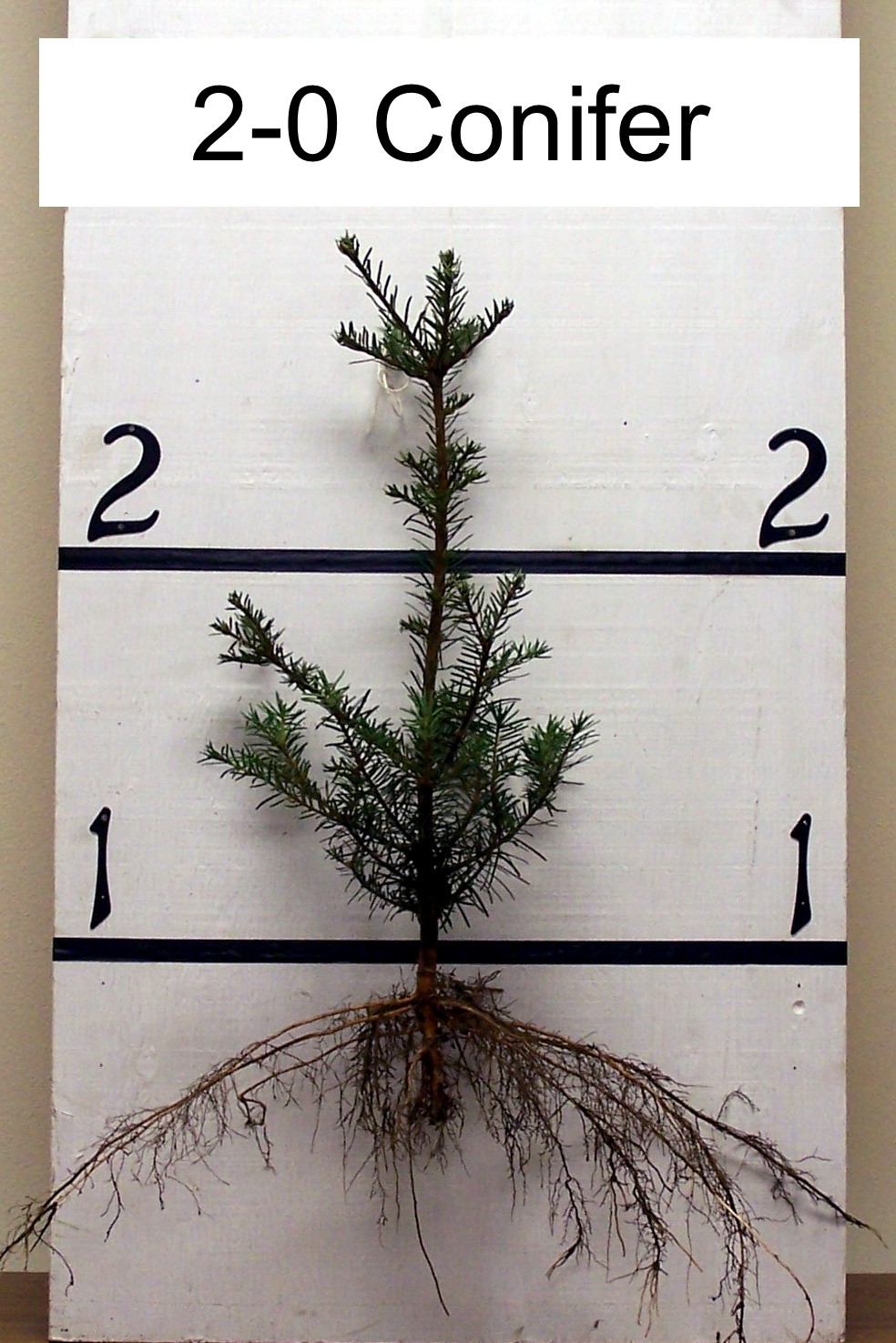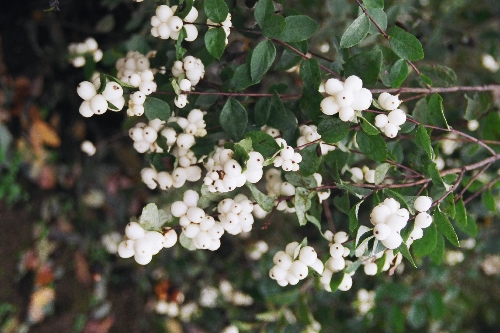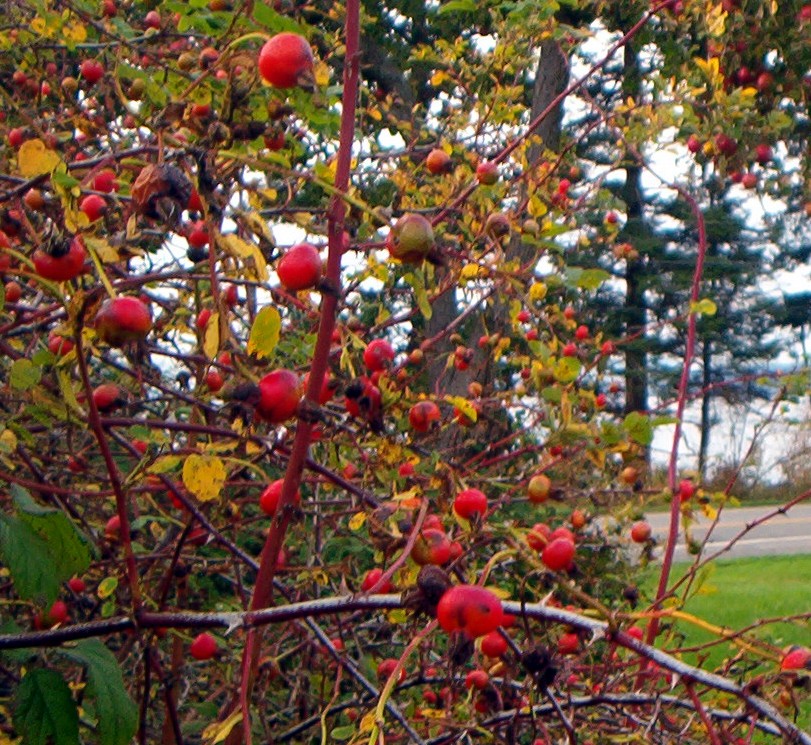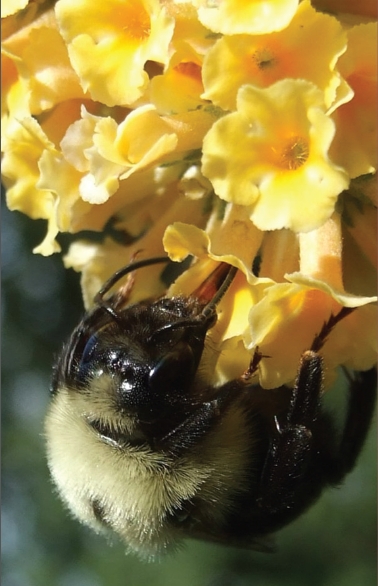Conservation Plants

Conservation plants, as the name implies, are plants that are used in conservation projects. Different types of conservation projects may require a different assortment of plant materials. Whether the project is wetland mitigation, riparian buffer strip installation, reforestation, windbreaks, or upland soil stabilization, there are suitable species available. These plants differ from ornamental plants in several important ways:
- Species – Native plant species are usually preferred in conservation projects. They are better adapted to survive and grow in their native environment. Non-native species are sometimes used in conservation plantings where site conditions limit the number of native species available. Whether using native or non-native species, it is important to ensure that they are not be invasive.
- Adaptability – A good conservation plant is often one that is broadly adaptable to a wide range of environmental conditions such as sunlight, soil moisture, soil-type, and temperature. Some species are more suited to a given site than others; however, so it is important to know the site and the characteristics of the species.
- Site Maintenance – Many conservation projects do not allow for much maintenance. That means that weed control, herbivore protection and supplemental irrigation will be minimal. A conservation plant must be vigorous and adaptable enough to survive under these conditions.
 Cost – Large conservation projects can require large volumes of plant materials. It is important that the cost of conservation plants be kept low and not become cost-prohibitive. That does not mean that cheapest is best though. An overriding consideration is always quality. Plant acquisition costs are relatively minor in comparison to the total cost of implementing a project. It would not be wise to risk the success of project for the sake of saving a few dollars on plants.
Cost – Large conservation projects can require large volumes of plant materials. It is important that the cost of conservation plants be kept low and not become cost-prohibitive. That does not mean that cheapest is best though. An overriding consideration is always quality. Plant acquisition costs are relatively minor in comparison to the total cost of implementing a project. It would not be wise to risk the success of project for the sake of saving a few dollars on plants.
Nurseries have become specialized, like so much else in this world. There are ornamental nurseries that produce ornamental plants, forest nurseries providing forestry seedlings and conservation nurseries growing conservation plants. While there is overlap between these types of nurseries, it is important to know what types of plant materials are required. Plant species, stock types, and seed zones are important in establishing conservation projects.

Please contact the Skagit Conservation District at 360-428-4313 to receive help with conservation planning.
Interested in helping support the pollinator and monarch butterfly populations?
Here's a planting guide for our area that describes what plants you can include in your gardens, forests, and farms to provide habitat for these important and rapidly declining populations.
More info can be found at www.pollinator.org

